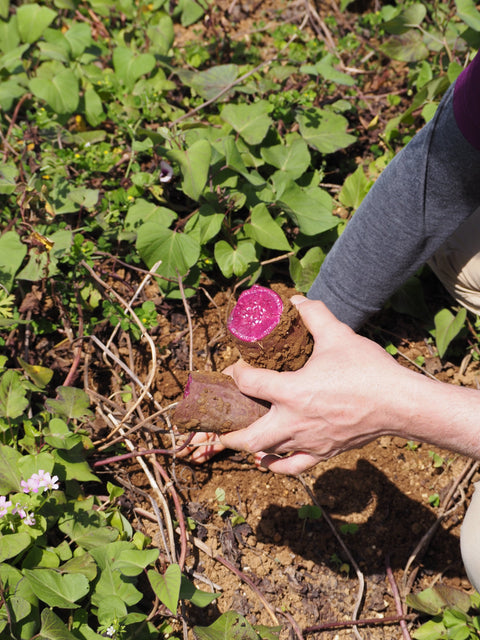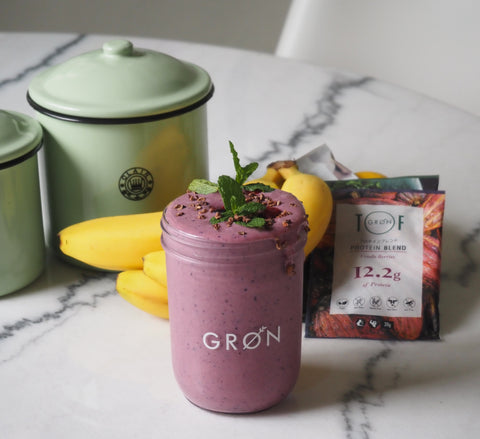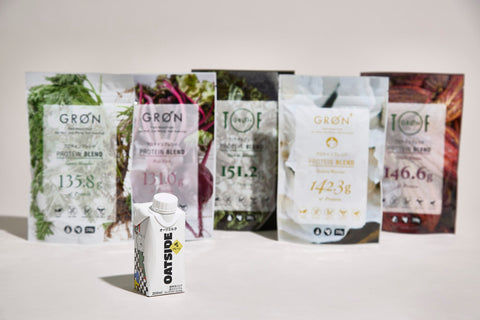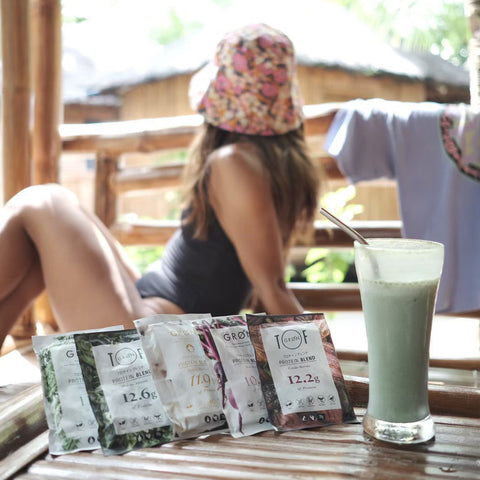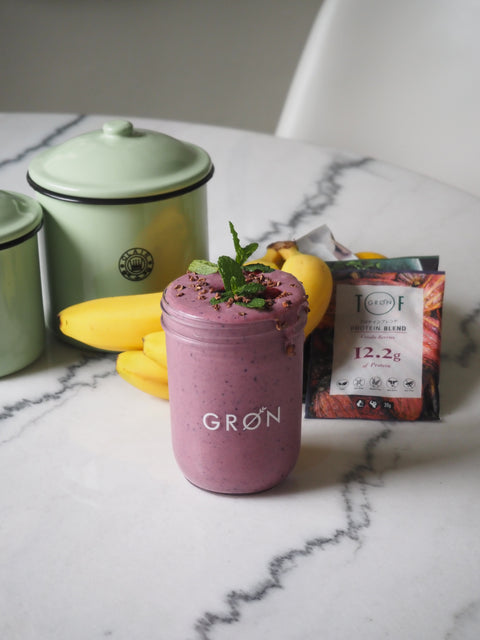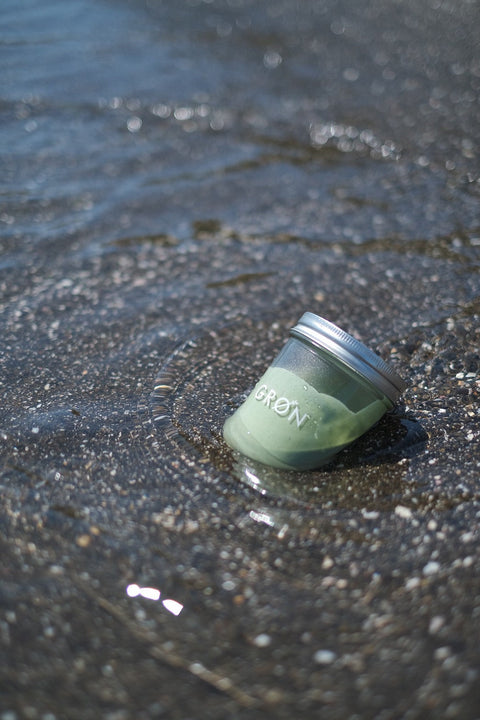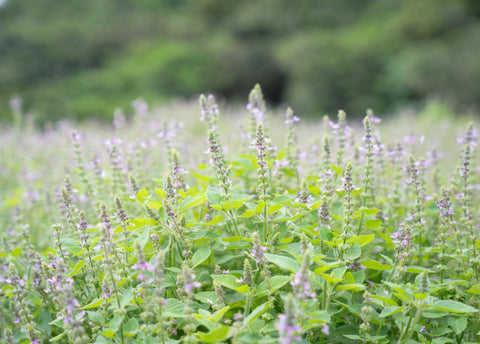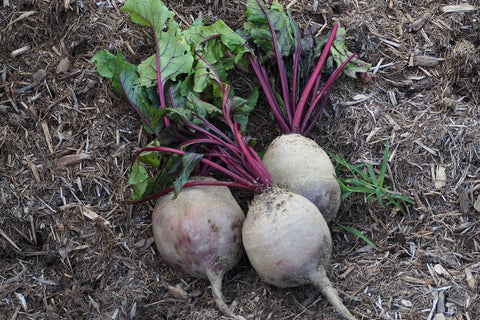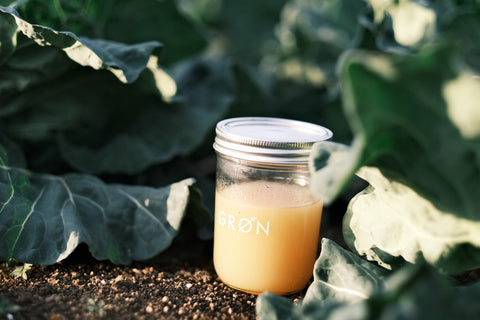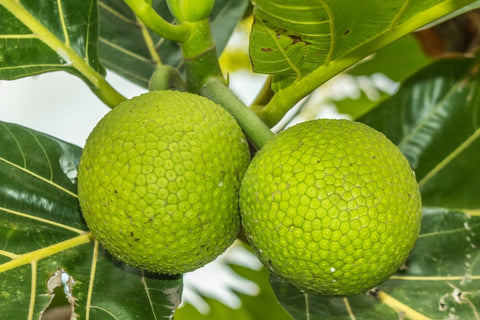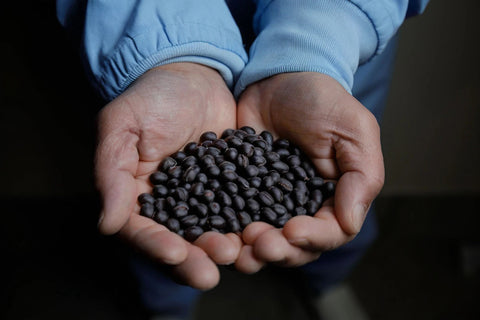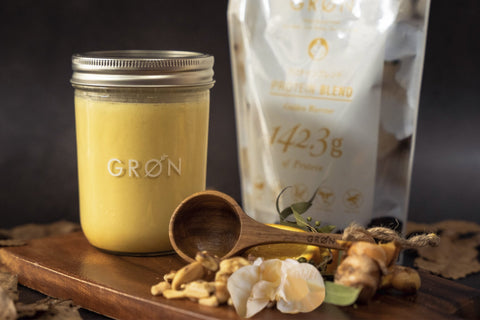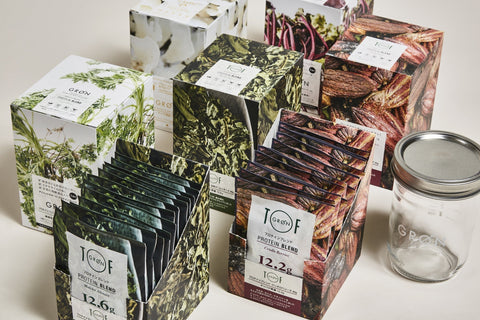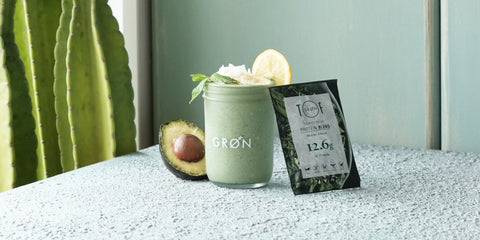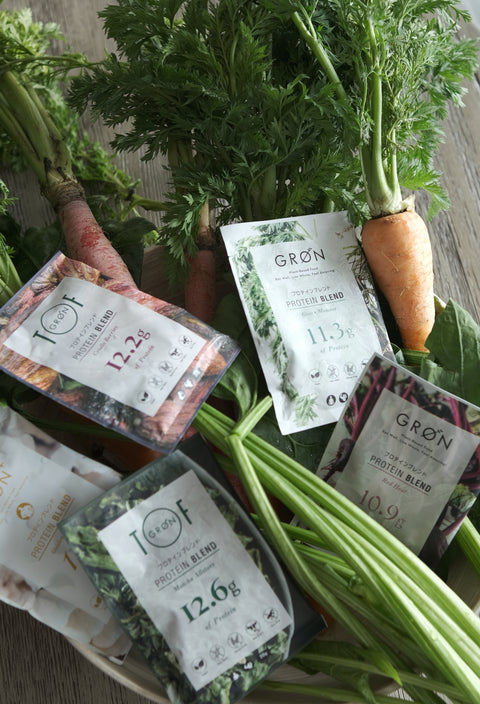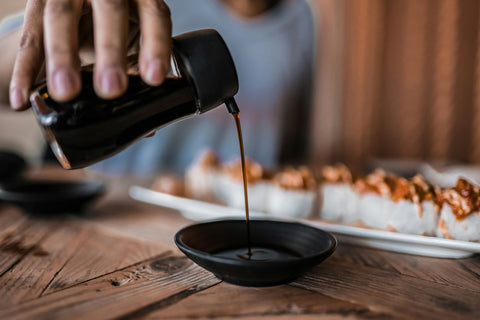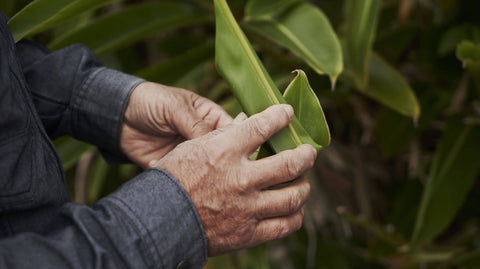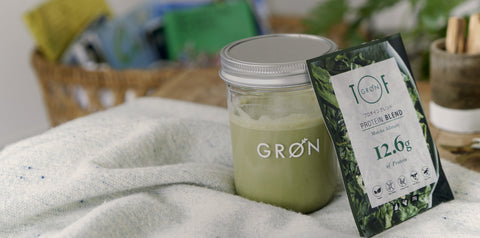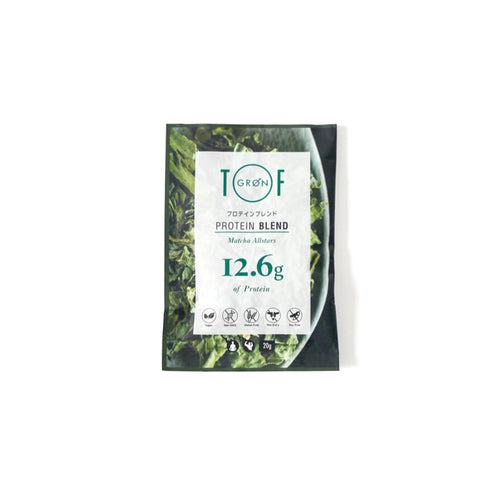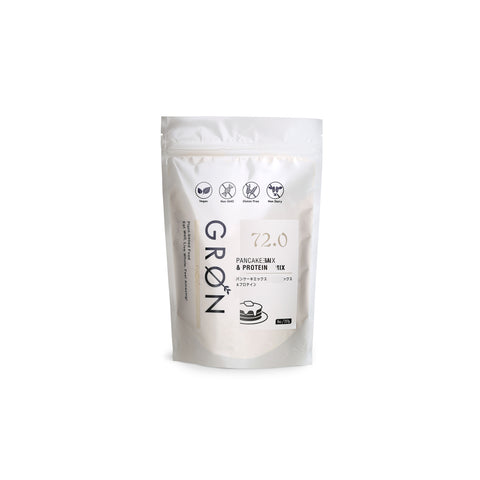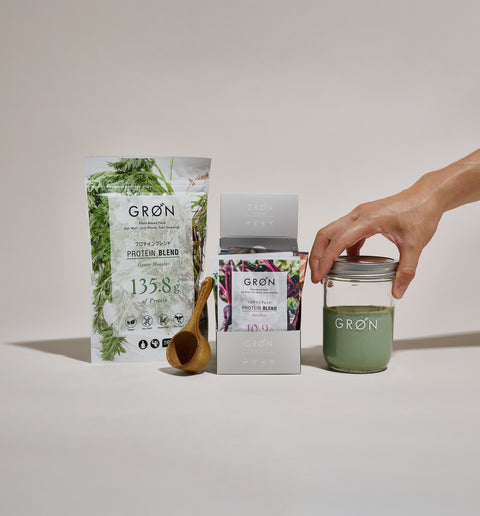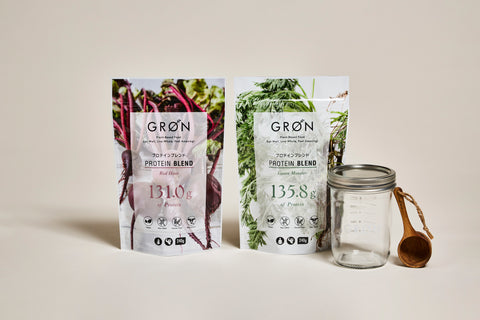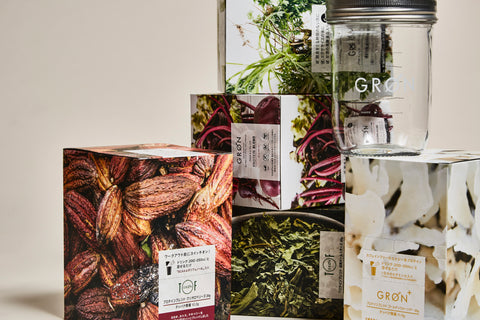Tea as Medicine (Nutrition of Matcha) -Nutritionist's Column Vol. 13 (Part 2)-
Tea as medicine
In the first half, we talked about the history of tea being used as medicine.
Nutritionist's Column Vol. 13 ~ Tea as Medicine (Part 1: History of Tea)
Tea has been drunk as medicine since ancient times.
Currently, new research is being conducted and many promising health benefits are being discovered.
Nutrients in tea
Catechin is one of the most well-known nutrients found in tea.
It is a type of polyphenol and is the source of the bitter and astringent taste characteristic of tea.
It is known to have physiological effects such as antioxidant, anti-allergic, antibacterial, blood pressure suppression, and lipid metabolism improvement, and is also expected to play a role in preventing lifestyle-related diseases.
It also contains a type of amino acid called "theanine," which gives tea its umami and sweetness and provides a sense of relaxation to the mind and body.
It also contains vitamin C, vitamin E, and beta-carotene, making it essential for not only nutrition but also a calming lifestyle.

Tea classification and manufacturing process
Most of the tea produced in Japan is green tea.
Depending on how it is grown and produced, it can be made into many different types of tea.
Green tea is broadly classified into two types based on cultivation method, and then further classified according to differences in manufacturing process, etc.
1. Growing in the Ohishita Garden (a cultivation method that produces a lot of theanine)
This is a method of growing the tea leaves by blocking out sunlight for about 20 days before picking.
The green tea grown at Ohishitaen can be mainly divided into matcha and gyokuro.
The umami component theanine increases and the production of catechin, which is the source of bitterness, is suppressed, resulting in tea with a mellow flavor and taste.
2. Growing in an open-air garden (a cultivation method that converts to catechin)
This method involves growing tea without covering it and letting it soak up plenty of sunlight. Green tea grown in open-air gardens can be divided into two main types: Sencha and Bancha (such as Hojicha). By exposing it to sunlight, the umami component theanine is converted into catechin.
Next is the manufacturing process.
Green teas made from non-fermented tea leaves include sencha, gyokuro, and bancha.
Semi-fermented tea is called "green tea", and oolong tea is the most famous of these.
Fermented tea is called "black tea", while post-fermented tea is called "black tea", including Pu-erh tea.
There are many different types of tea, but if you trace them back to their origins, they all come down to the same thing: tea.
Matcha as a superfood
As you can see, there are many different types of tea depending on the cultivation method and production process, but in recent years, "matcha" has become popular in big cities such as New York, Los Angeles, Paris, and London, and "matcha latte" is now a standard menu item at cafes across the country.
Sweets using matcha, such as matcha chocolate and matcha cake, are also now available.
"MATCHA" has now become a word understood around the world.
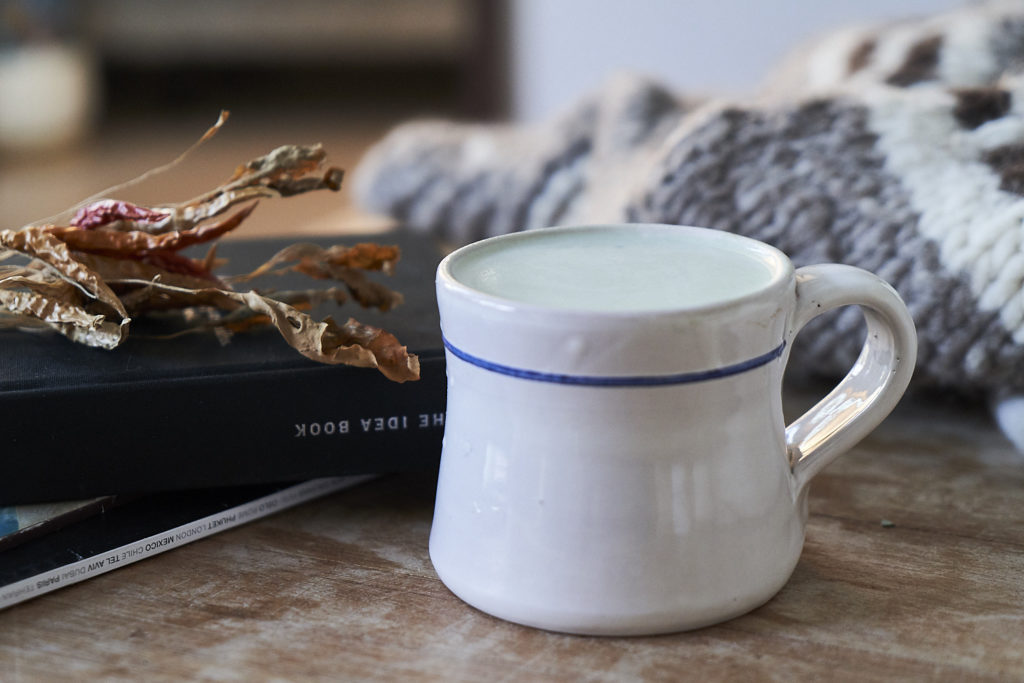
What is "Matcha"?
The tea fields are covered with straw or black sheets to protect the tea leaves from strong sunlight. The tea leaves are then steamed and dried, and excess parts such as stems and veins are removed. The resulting tea is called tencha.
Matcha is made by grinding this tencha in a millstone into a powder, and has a bitter and sweet tea taste.
*The matcha used in GRØN's protein blend Matcha All-Stars . (Added 4/4/2020)
Differences from green tea
The difference between powdered green tea and green tea powder lies in the cultivation method and manufacturing process.
Matcha is made from powdered tencha tea leaves, while green tea powder is made from powdered sencha leaves (the type of green tea that is commonly consumed).
"Matcha" made from tencha tea contains a lot of theanine, the sweet and umami component of tea.
The difference is that "green tea" powder contains a lot of catechin, which is the source of astringency.
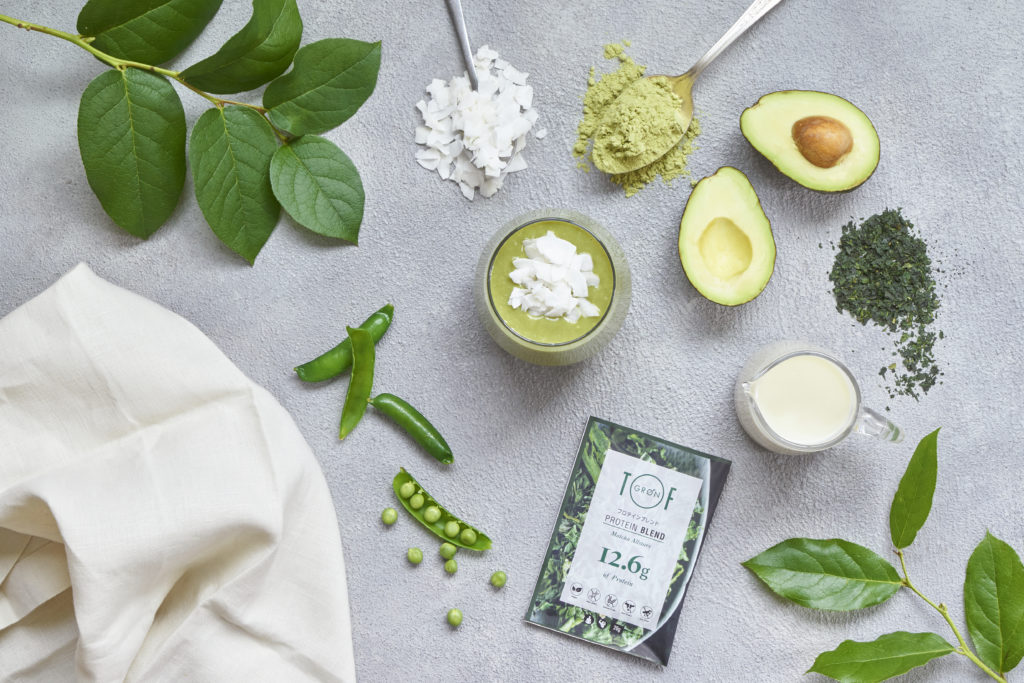
Matcha as a superfood
The appeal of matcha is that you can take in nutrients including water-insoluble components because the powdered tea leaves are taken into the body as they are.
It is also attracting attention overseas as a "superfood."
We have summarized four wonderful effects you can expect from matcha, known as a superfood.
1. Supports beautiful skin
Matcha contains vitamins A, C, and E, which are said to be essential for beautiful skin. Matcha is made by powdering tea leaves as they are, so you can consume these vitamins without waste.
2. Supports dieting
The catechins contained in matcha are expected to break down and consume fat in the body and convert it into energy.
3. Helps lower bad cholesterol
It is effective in lowering the so-called bad LDL cholesterol, and is expected to help improve the diet of people with high cholesterol.
4. Relaxing effect
Mental stability is important in today's stressful society. Theanine, a type of amino acid that gives tea its umami flavor, is said to have a relaxing effect.
Other
Other benefits include chlorophyll to promote metabolism, dietary fiber to prevent constipation, caffeine to relieve fatigue, and aromatic components that provide aromatherapy effects.
Tea has been used as a medicine since ancient times. Modern research has proven its health benefits, so why not reconsider your life with matcha, a superfood?
<GRØN products that have appeared>
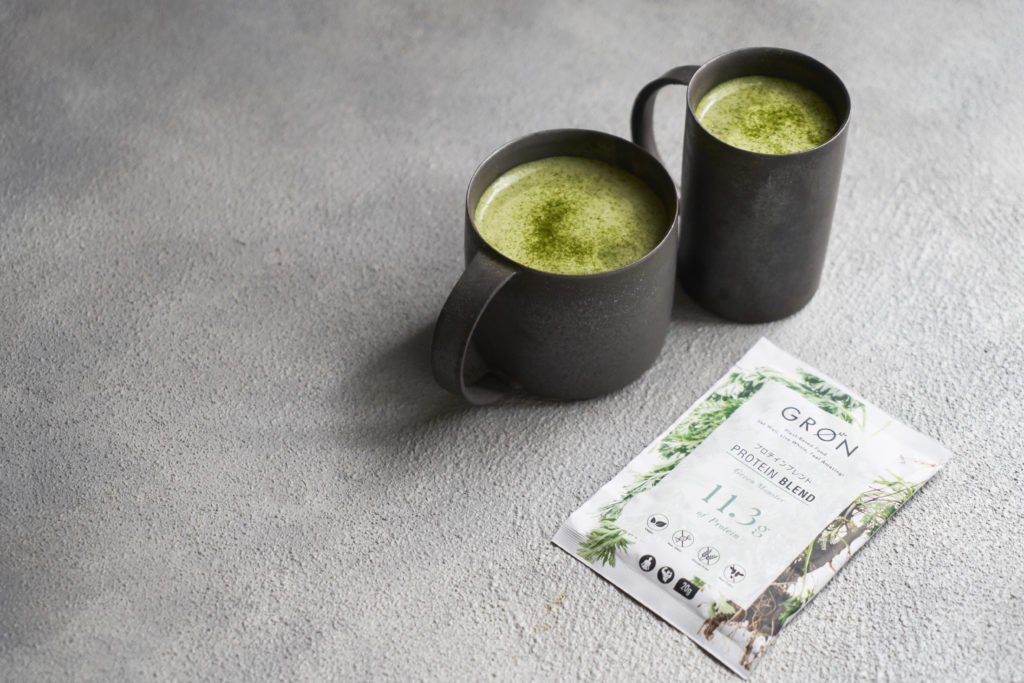
Protein Blend Matcha All Stars 20g
——————————————————
Nutritionist, Food Education Instructor, Food 6th Industrialization Producer Level 4
Ayako Ishihara
A nutritional advisor in the healthcare field and an agribusiness professional.
She is involved in a variety of activities specializing in the fields of beauty and health, including giving lectures to Miss World Japan candidates.
With the philosophy of "enriching the mind and body through food and realizing a vibrant society where people and communities are connected," he founded i-Field Co., Ltd. in 2013 and serves as its representative.
He is a core member of the food team for "DINING OUT," which opens outdoor restaurants in various regions, and also participates in fashion brand projects.
She is also involved in the promotion of local ingredients, product development and production specializing in "health" and "beauty," branding, concept design, food hygiene, sales promotion, training planning and management, etc. She is in charge of nutritional supervision for GRØN's product development, proposing ways to incorporate them more effectively into consumer health.
——————————————————
Photos by Moeko Sawada







